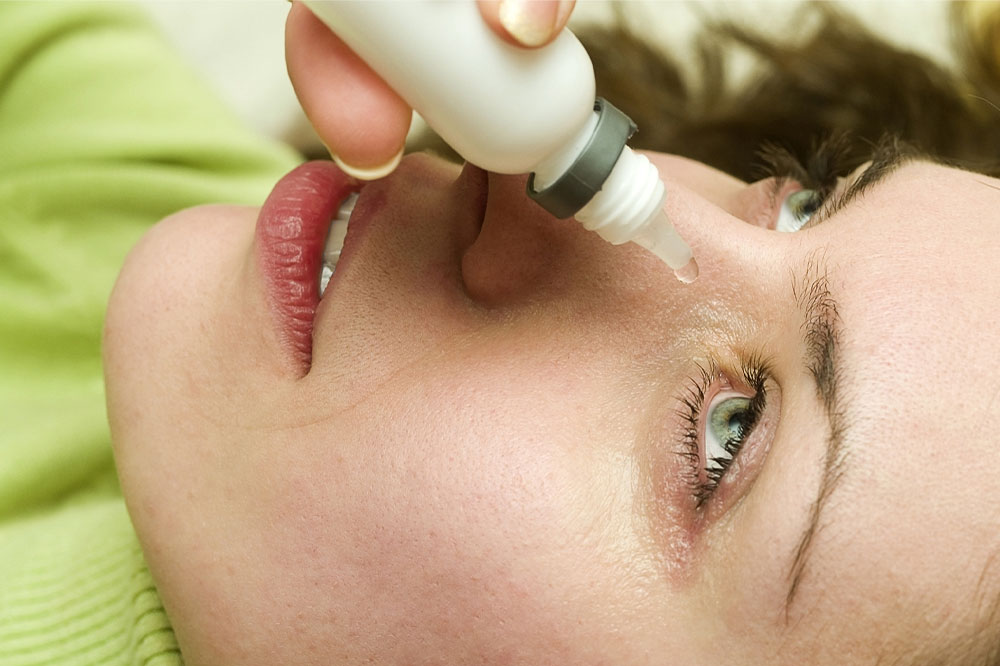
Exploring the signs and effective remedies for styes
A stye is a common eye condition characterized by discomfort and irritation. While typically harmless, it is crucial to understand the causes, identify the signs and symptoms, and explore effective treatment options for relief. By gaining a deeper understanding of styes, you can take the necessary steps to manage this condition more effectively. Read on to learn more about the symptoms, causes, and various treatment options that can combat the eye condition.
What is a stye?
A stye, also known as a hordeolum, is a common eye condition characterized by the formation of a tender, red bump on the eyelid. It typically occurs when the oil glands at the base of the eyelashes become infected and blocked. A stye can develop on the outer edge of the eyelid or inside the eyelid.
Causes
The primary cause of a stye is a bacterial infection called staphylococcus aureus. When the bacteria enter the oil glands or hair follicles of the eyelid, an infection can occur, leading to the formation of a stye. Other factors that can contribute to the development of a stye include poor eyelid hygiene, using contaminated eye makeup, and rubbing the eyes with dirty hands.
Signs and symptoms
The most noticeable sign of a stye is the appearance of a tender, red lump on the eyelid. This bump may be accompanied by symptoms such as:
- Pain and tenderness
A stye often causes localized pain and tenderness in the affected area of the eyelid. It can be uncomfortable, especially when blinking or applying pressure. - Redness and swelling
The infected area becomes red and swollen, making the eyelid appear puffy and inflamed. - Formation of a bump
A small bump or pimple-like structure develops, usually with a yellowish or whitish center. - Discomfort when blinking
Due to the presence of the stye, blinking may cause irritation or a scratching sensation. - Crusting and crust breakage
In some cases, the stye can develop crusts that break open and release pus or liquid discharge.
Treatment options for styes
The majority of styes can be treated at home. It resolves on its own within a week or two. Here are some effective treatment options:
- Use warm compresses
Applying warm compresses to the affected eye can help reduce pain and swelling. Soak a clean cloth in warm water and place it over the closed eye for 10-15 minutes. Repeat this process several times a day. - Maintain eyelid hygiene
Keep the affected eyelid clean by gently washing it with mild soap and water. Avoid touching or squeezing the stye, as it can worsen the infection. - Avoid contact lenses and makeup
If you wear contact lenses or eye makeup, avoiding using them until the stye has healed completely is best. This can prevent further irritation and contamination. - Avoid squeezing or popping
It is crucial to resist the temptation to squeeze or pop the stye, as this can worsen the infection or lead to the spread of bacteria.
Styes are a common eye condition caused by a bacterial infection. While they can be uncomfortable, most styes resolve on their own with time. Practicing good eye hygiene and avoiding behaviors that can increase the risk of infection can help prevent styes. If you develop a stye that persists or worsens, consult a healthcare professional for appropriate diagnosis and treatment.




